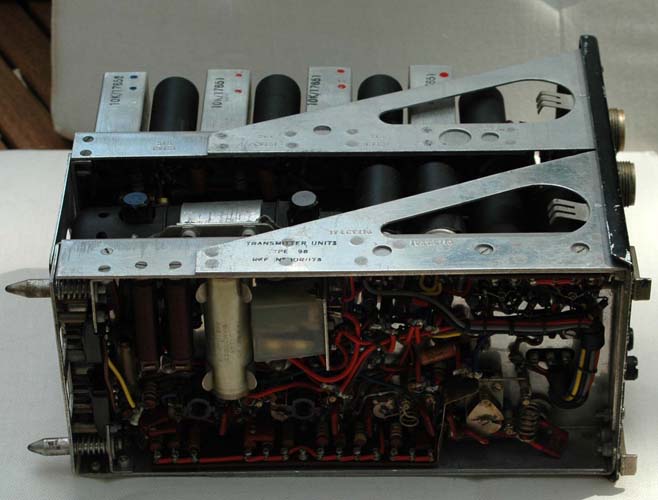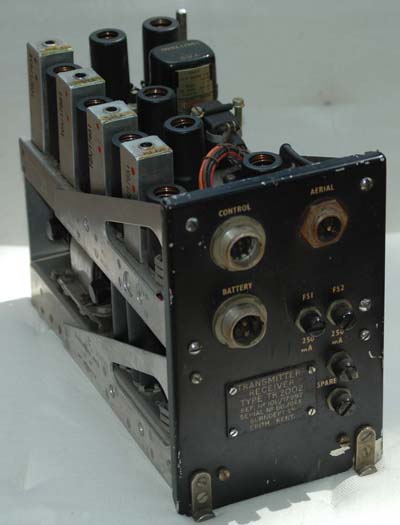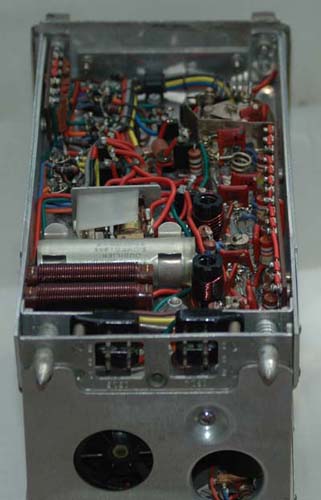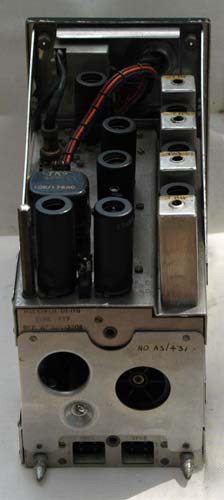|
This ex-RAF equipment first appeared on the government surplus market in the UK during the 1960s and was suitable for conversion for use on the 2 metre amateur band. I recall buying one but I don't think I did much with it as it needed a pair of matched crystals to make it a self-contained transmitter and receiver, but I think I did get it going in transmit mode in conjunction with my normal 2-meter receiver. I remember being very disappointed back in 1963 as my purchase was missing some of its valves, although I must admit that my memories are now pretty hazy. I do however remember the frequency on which it operated. This was 121.5 MHz; the international distress frequency for aircraft. Until recently the merest sniff of a signal radiated from a house on 121.5MHz would have been picked up by satellites and a helicopter might have landed unannounced in your back garden. I believe this channel was no longer monitored by satellite after 2009, but that is not to say that it would not be picked up at your local airport. I once tested a marine transmitter in our lab at Plessey using decent shielded RF equipment and was surprised to hear the local coastguard ask me to desist transmissions. I was tweaking the output on the marine distress calling channel, so powering the TR2002 in an unmodified state even with a dummy load is certainly not recommended. In my junk box after nearly 50 years I still have the microphone transformer and the transmit crystal from my original purchase... Here are some general views of my latest TR2002.. |
 |
 |




